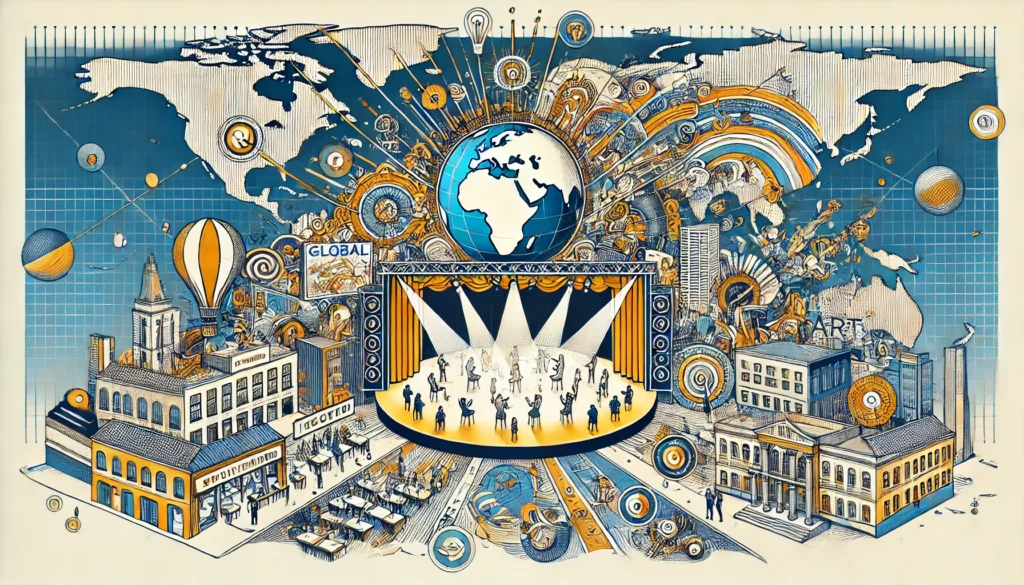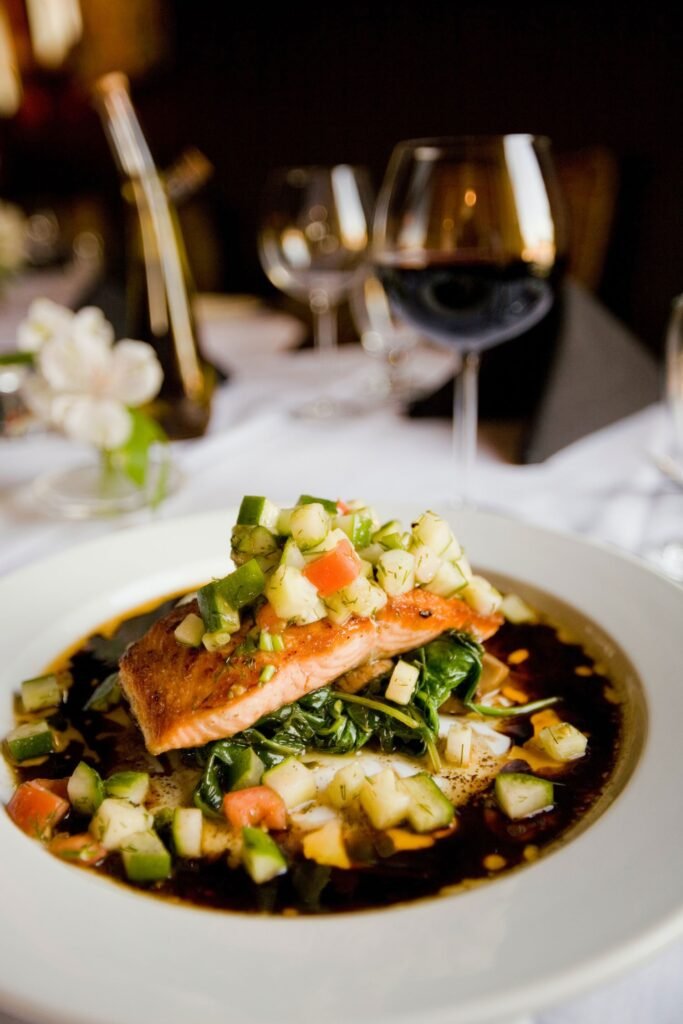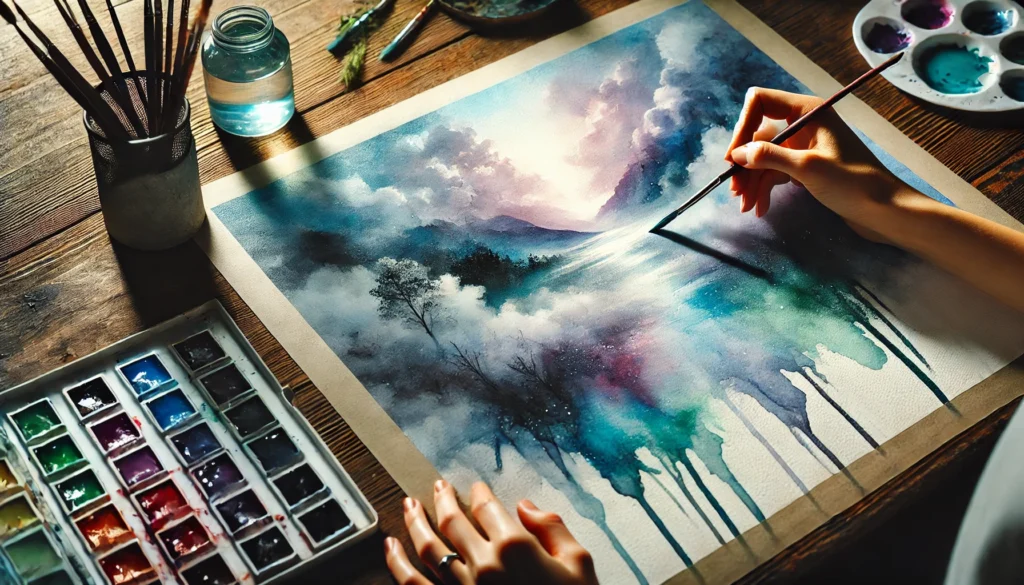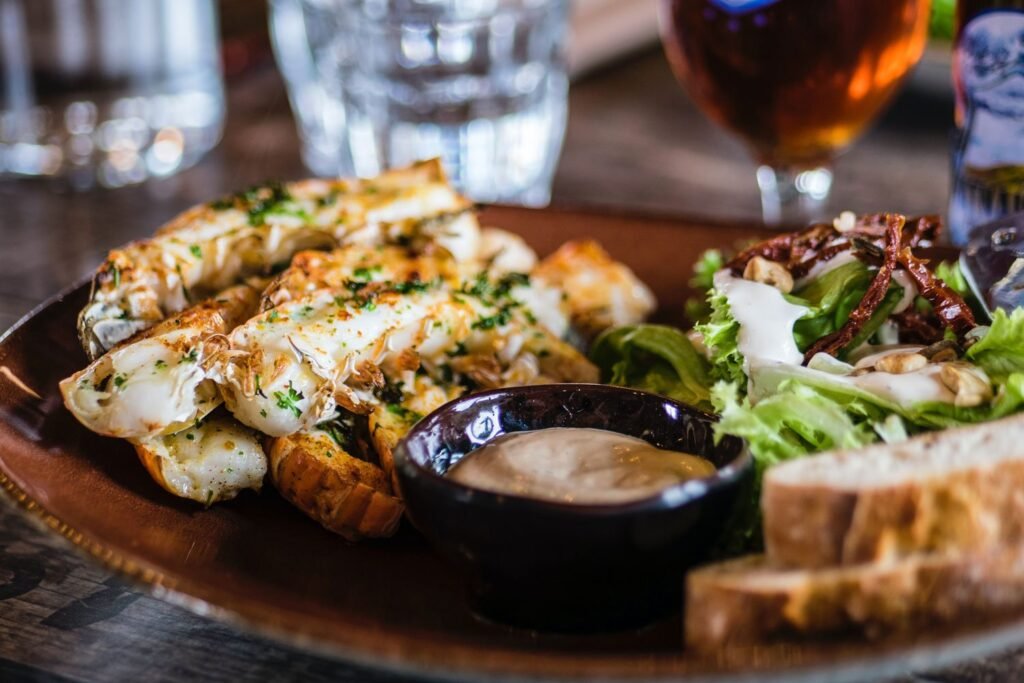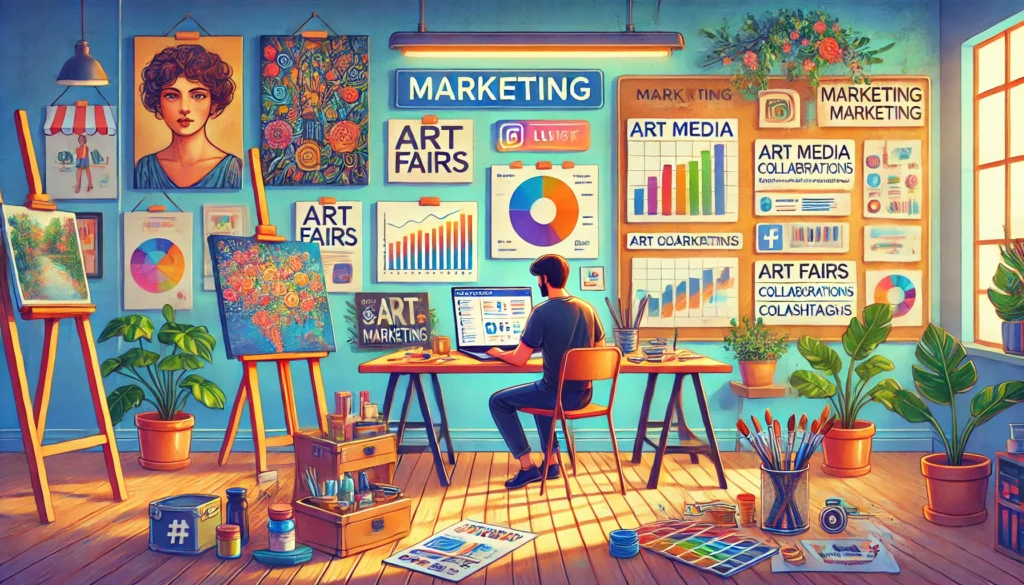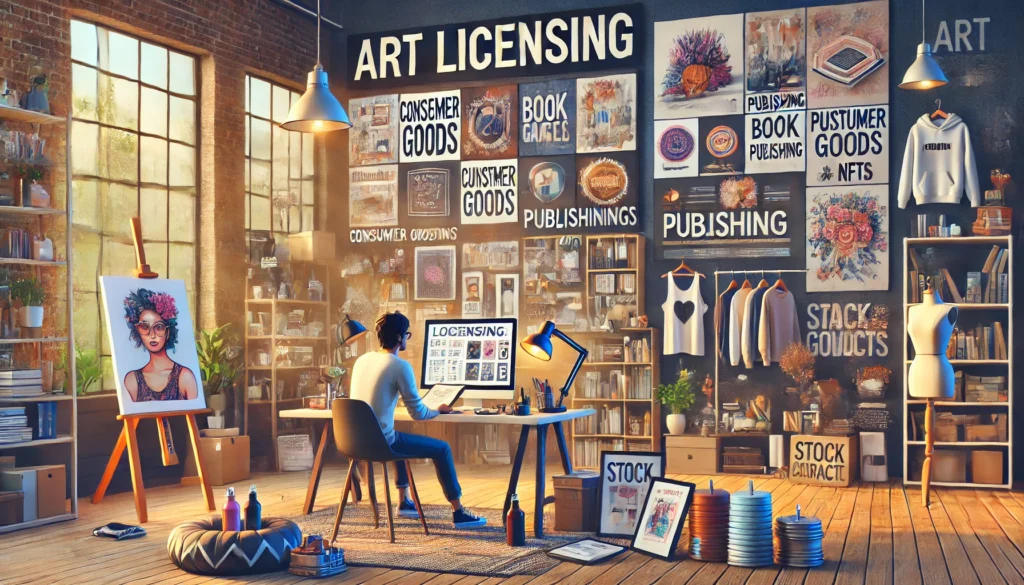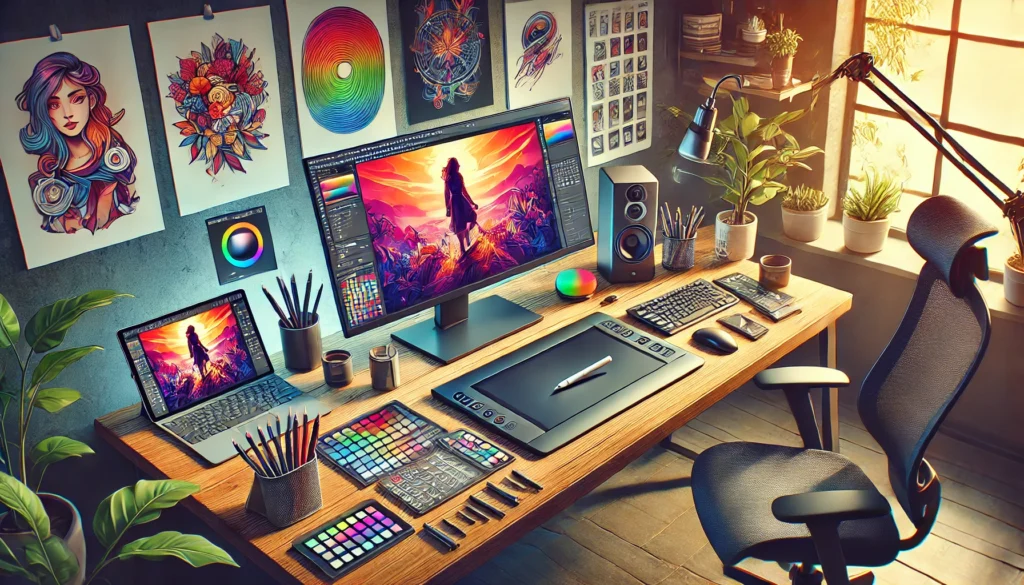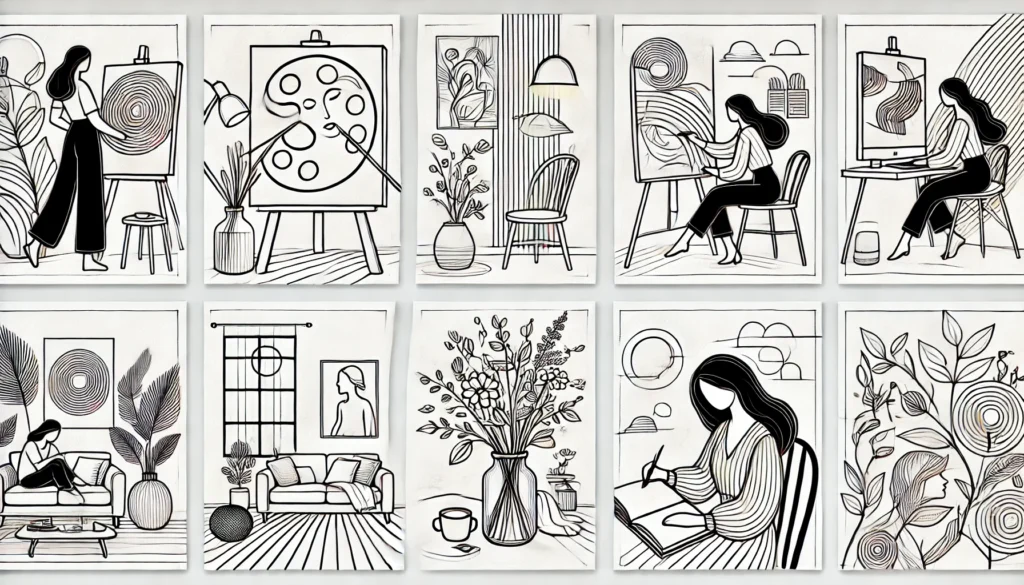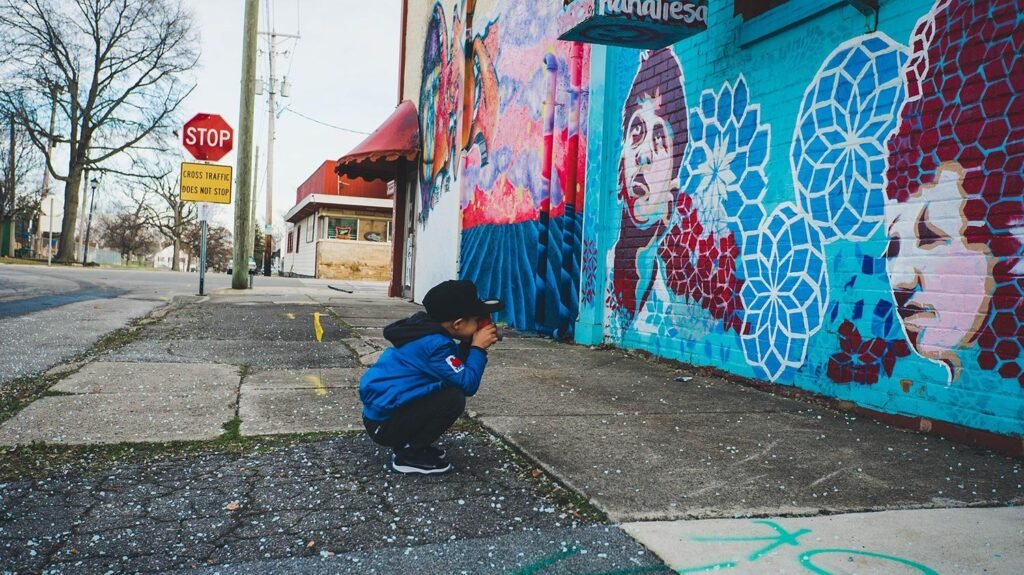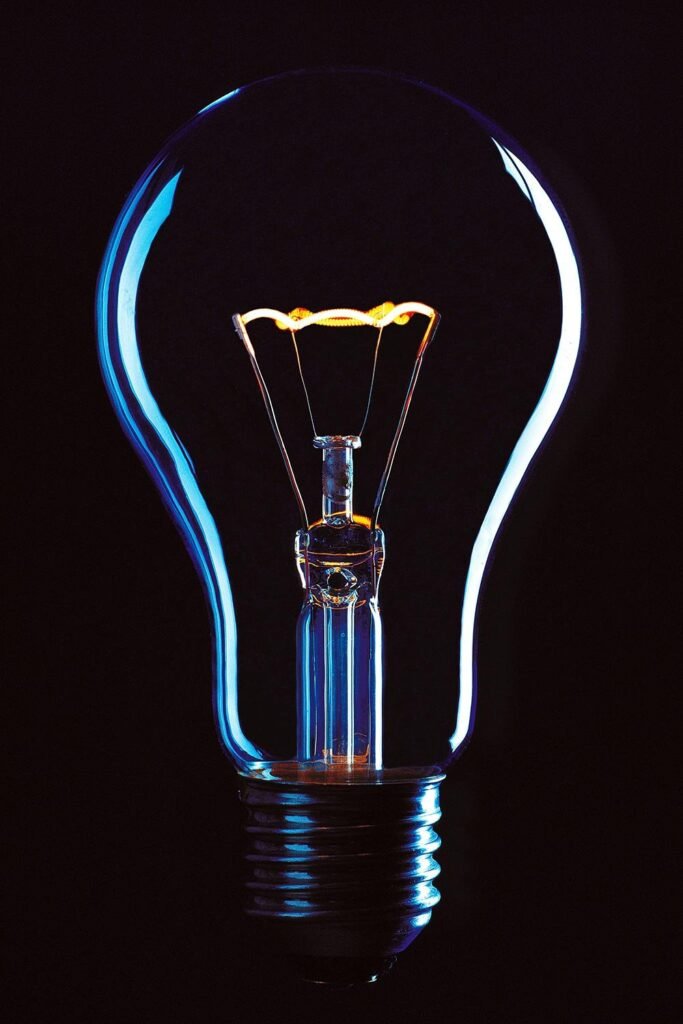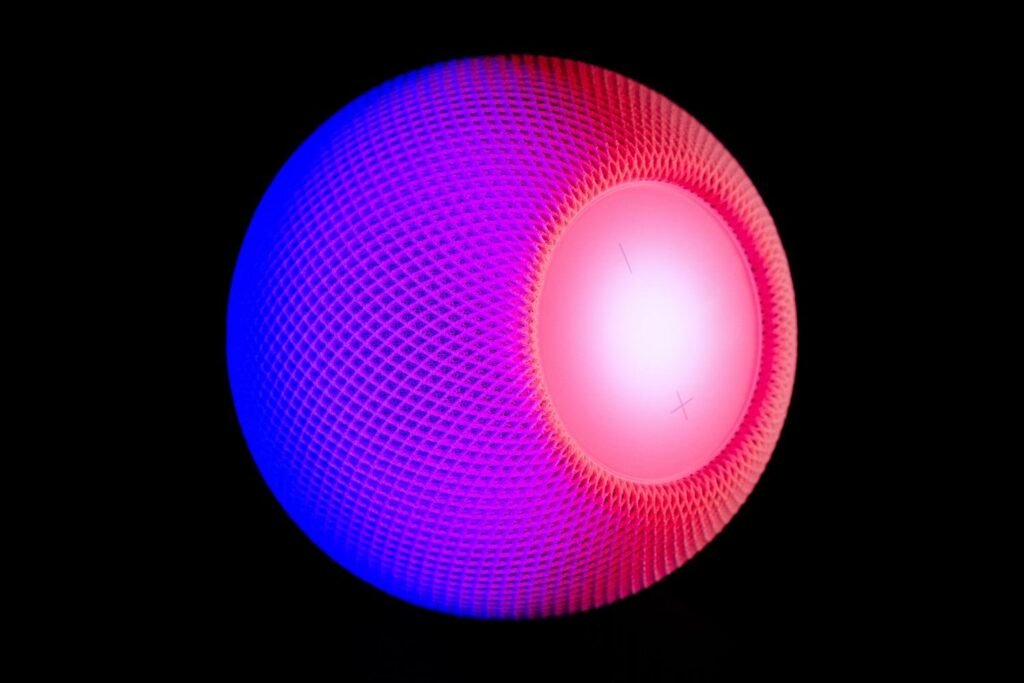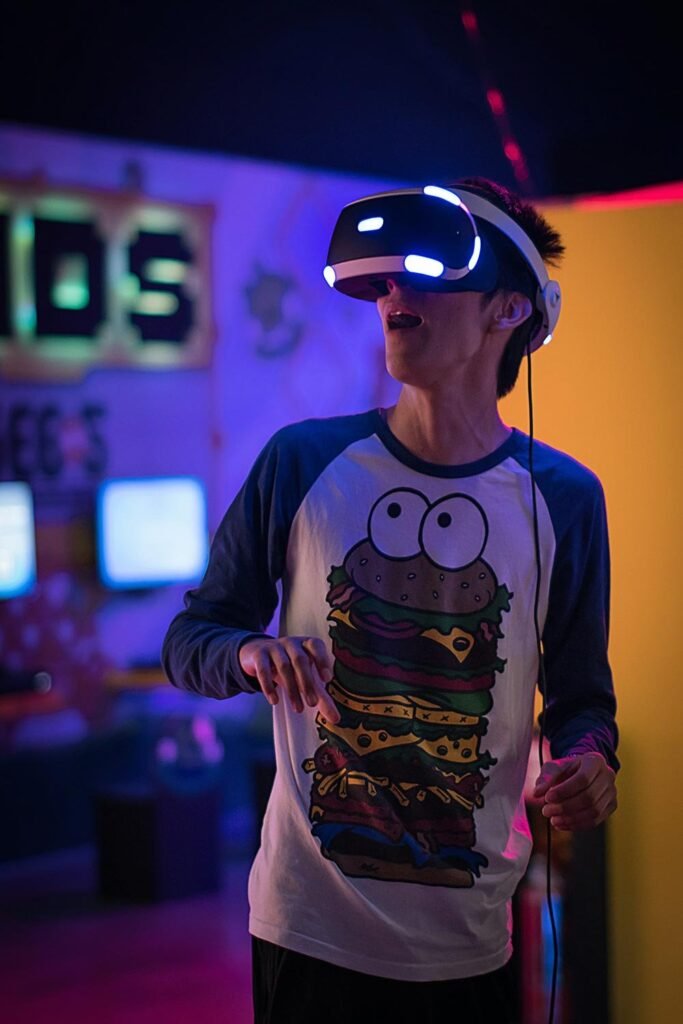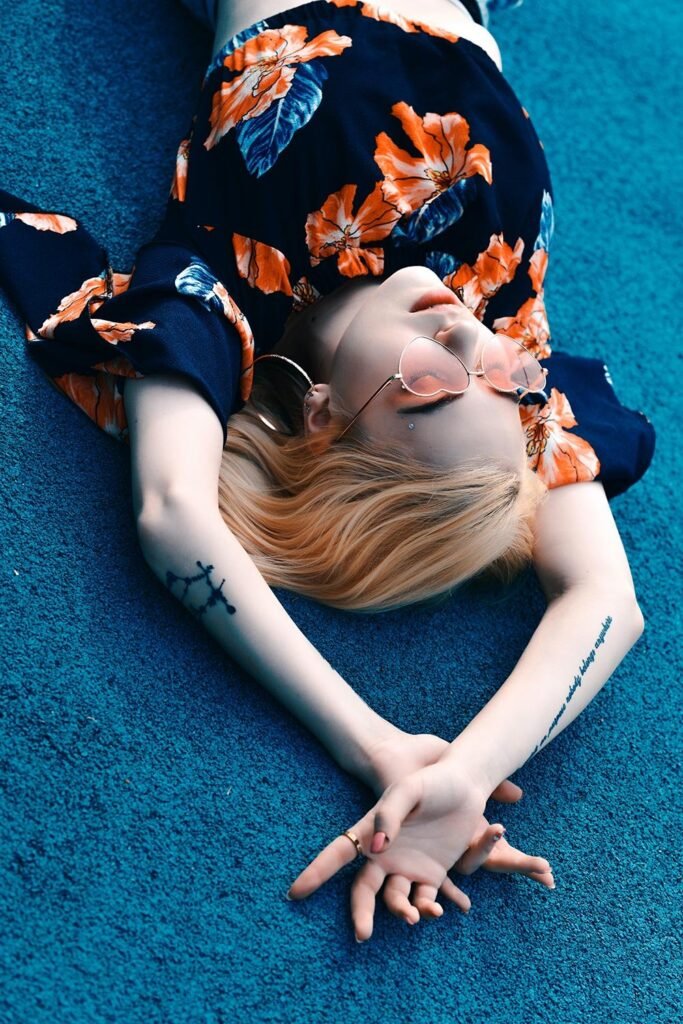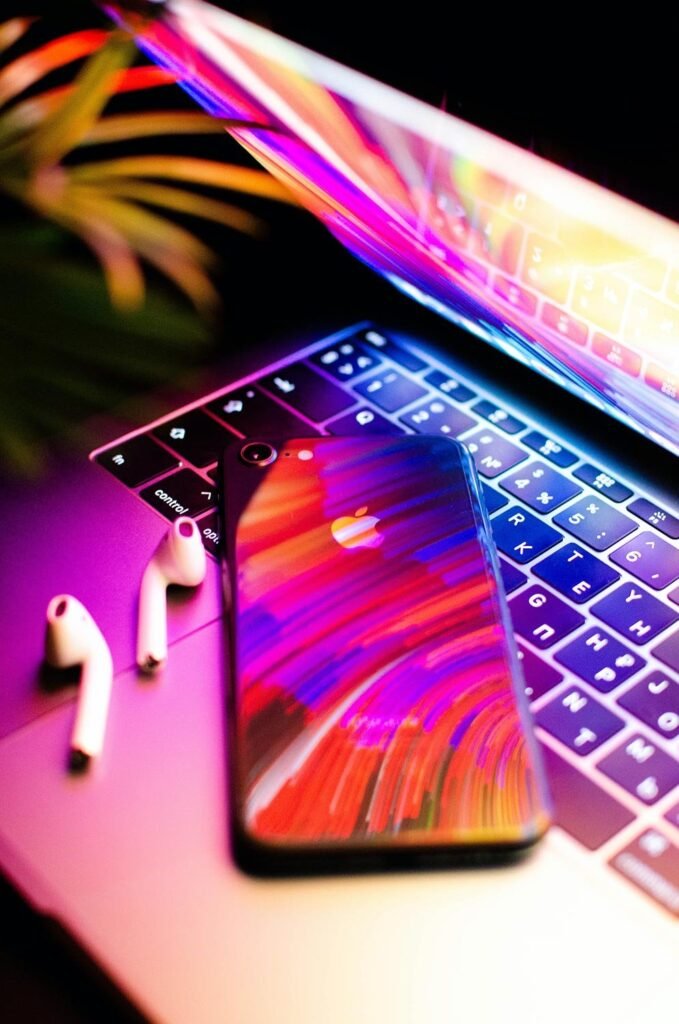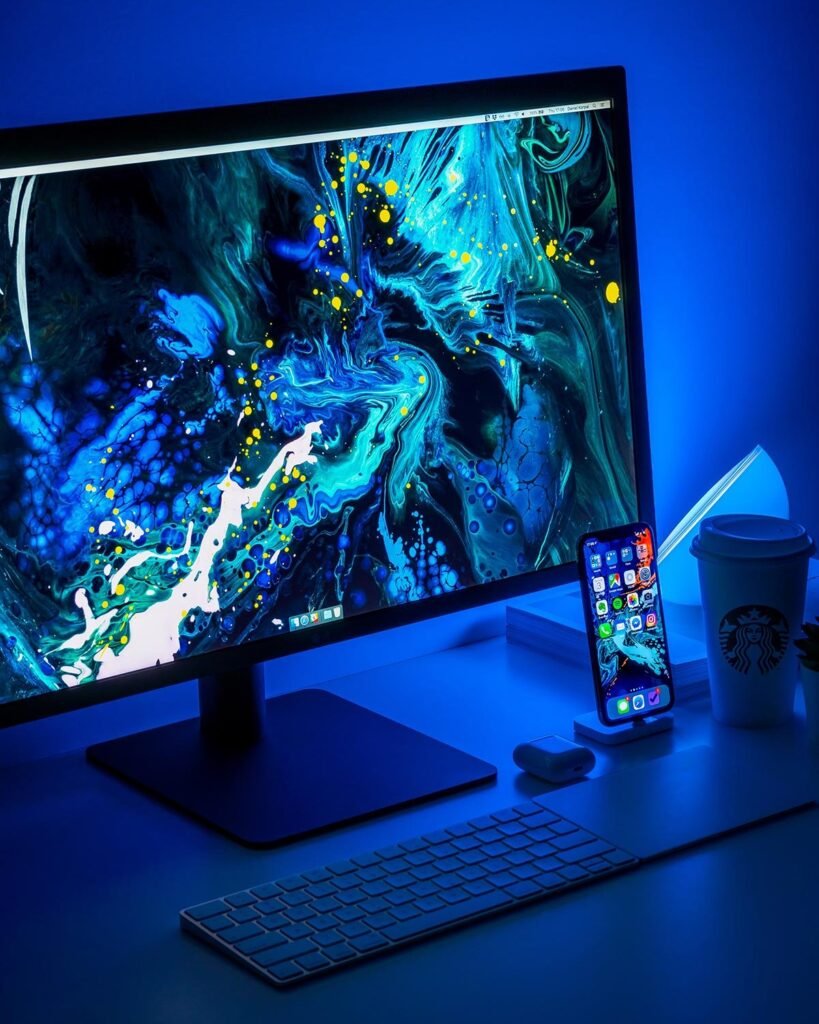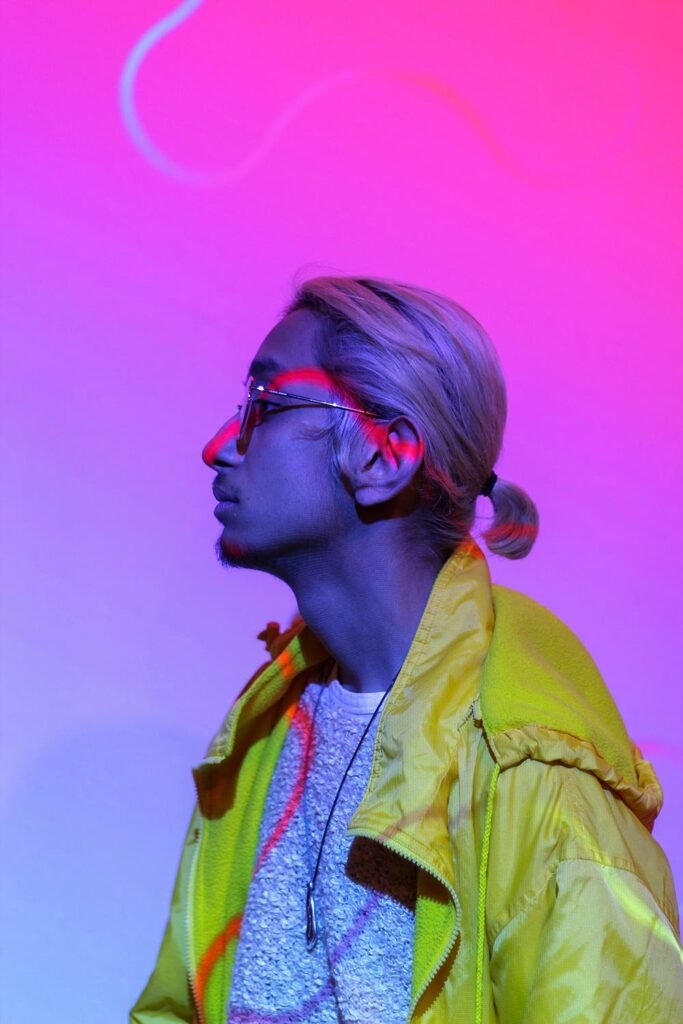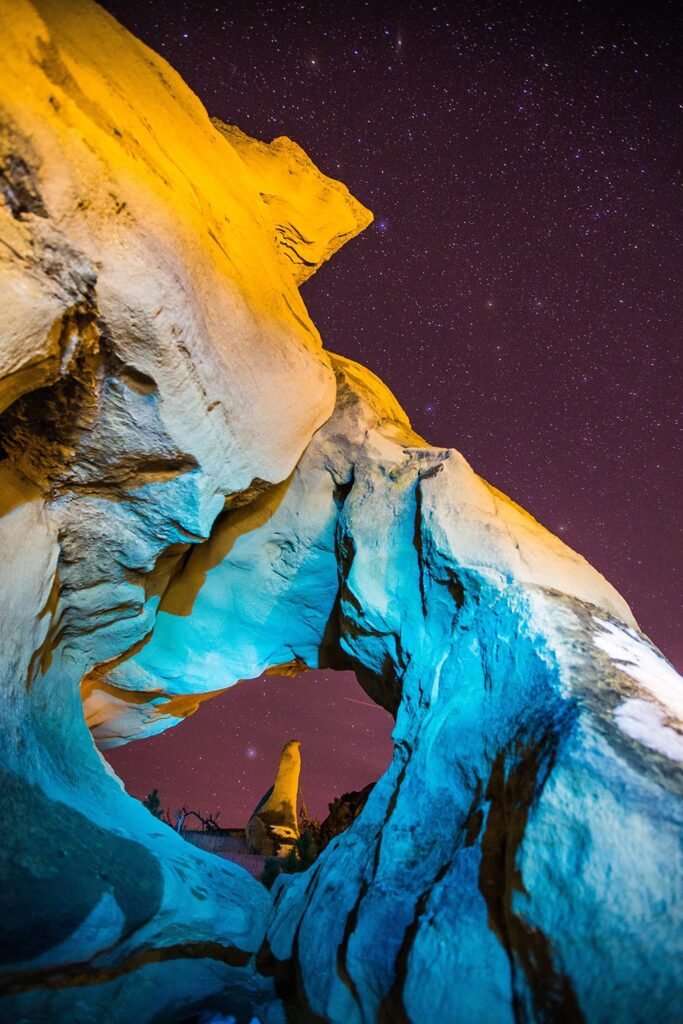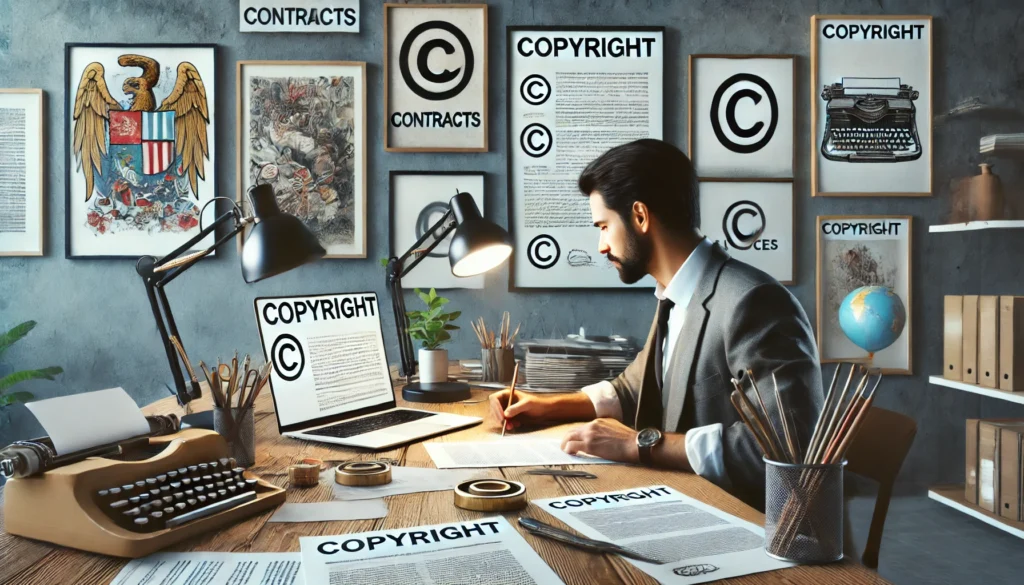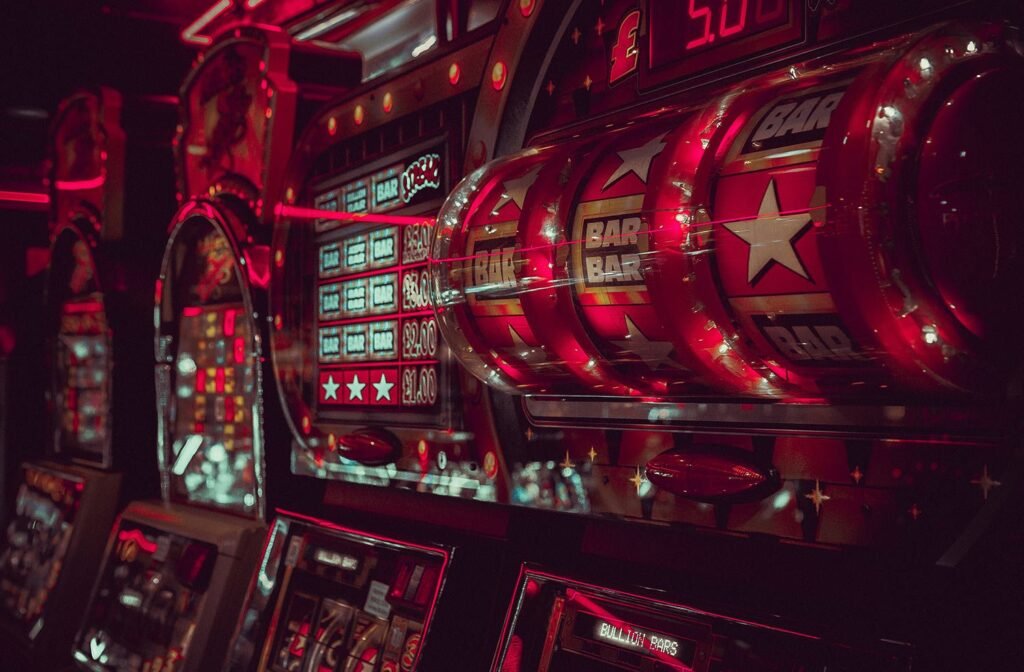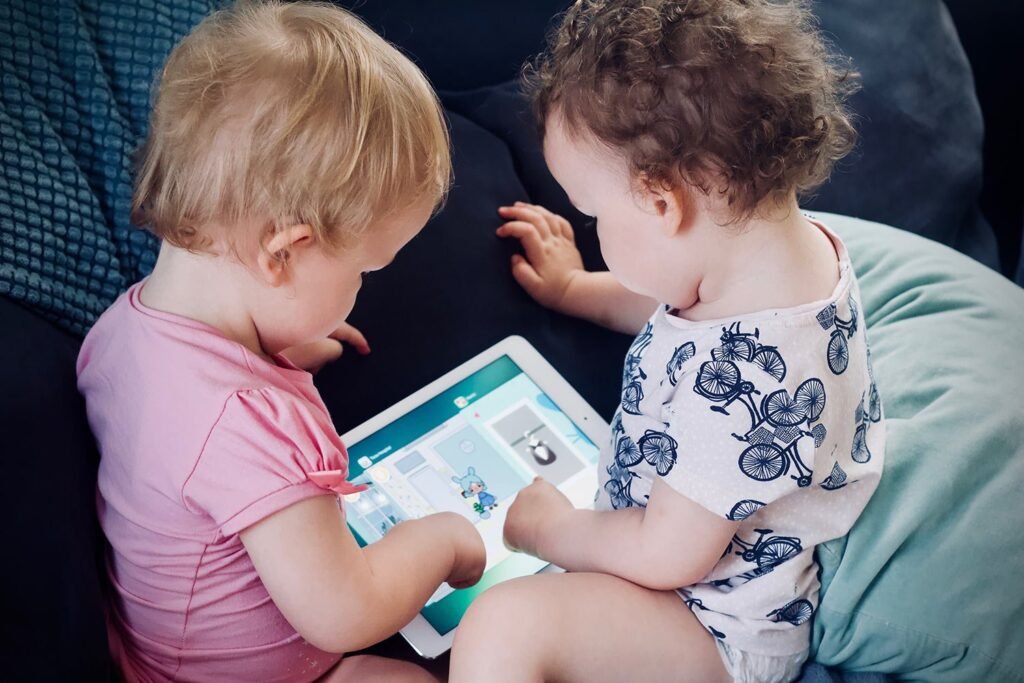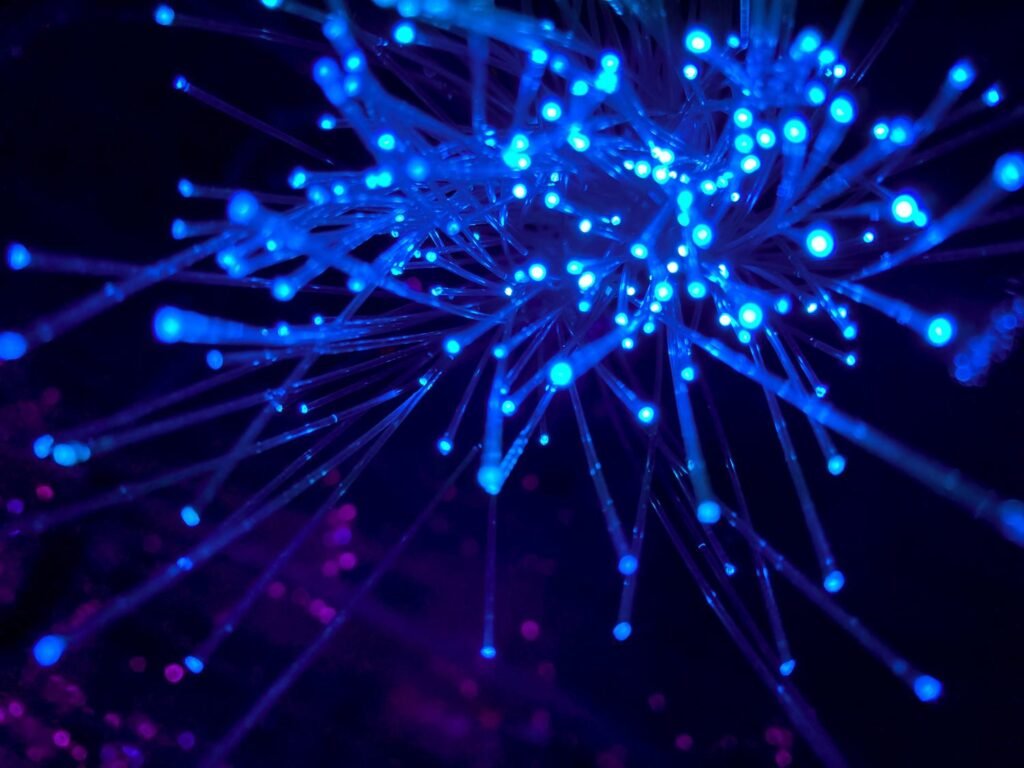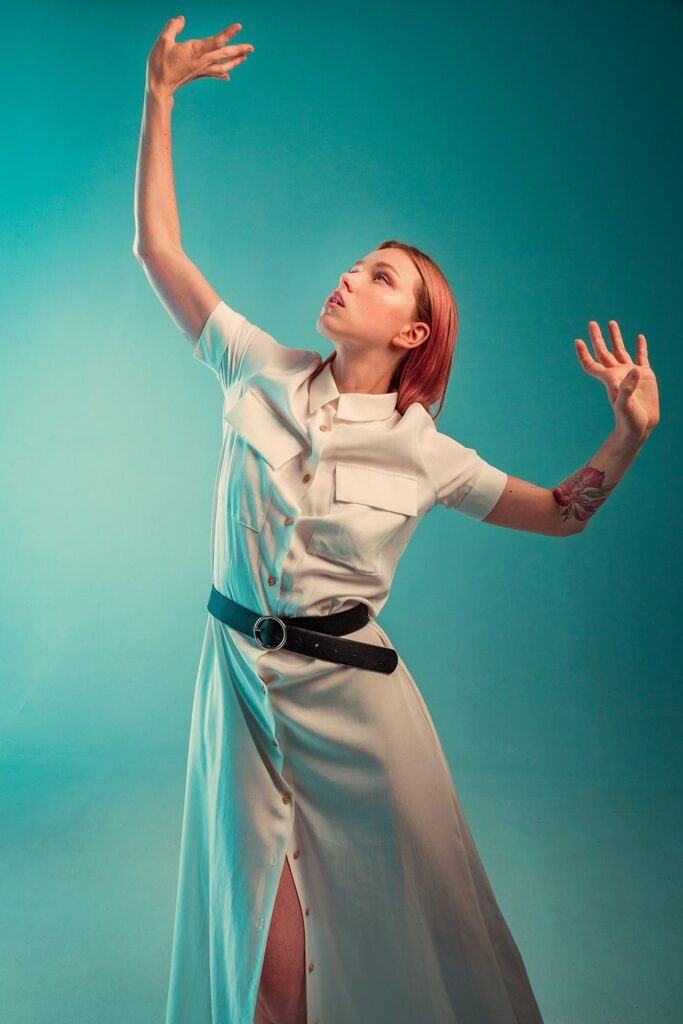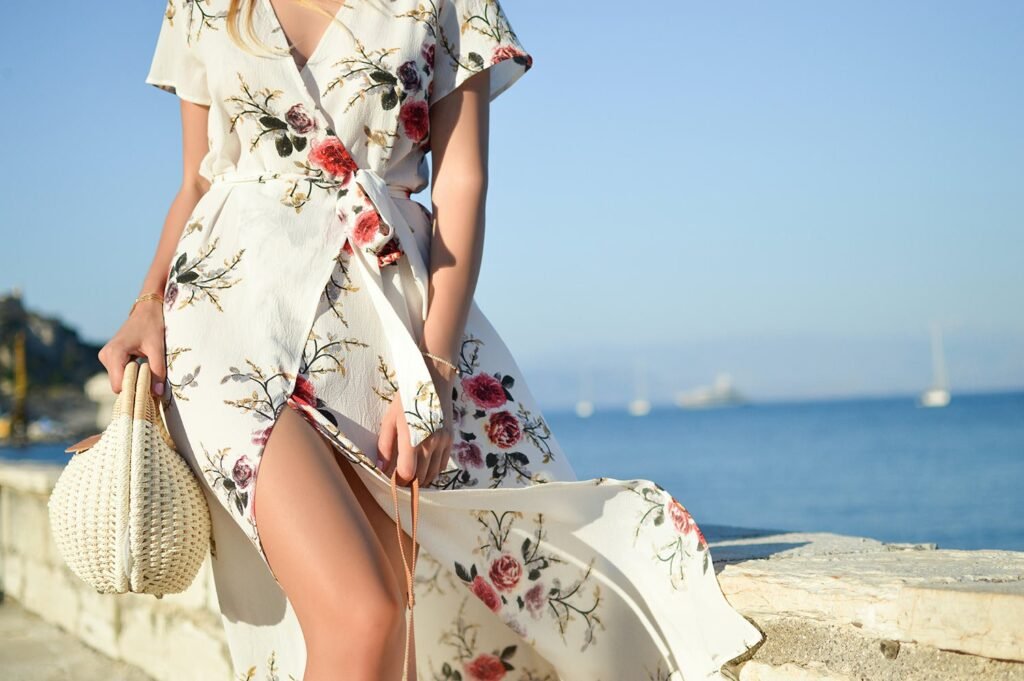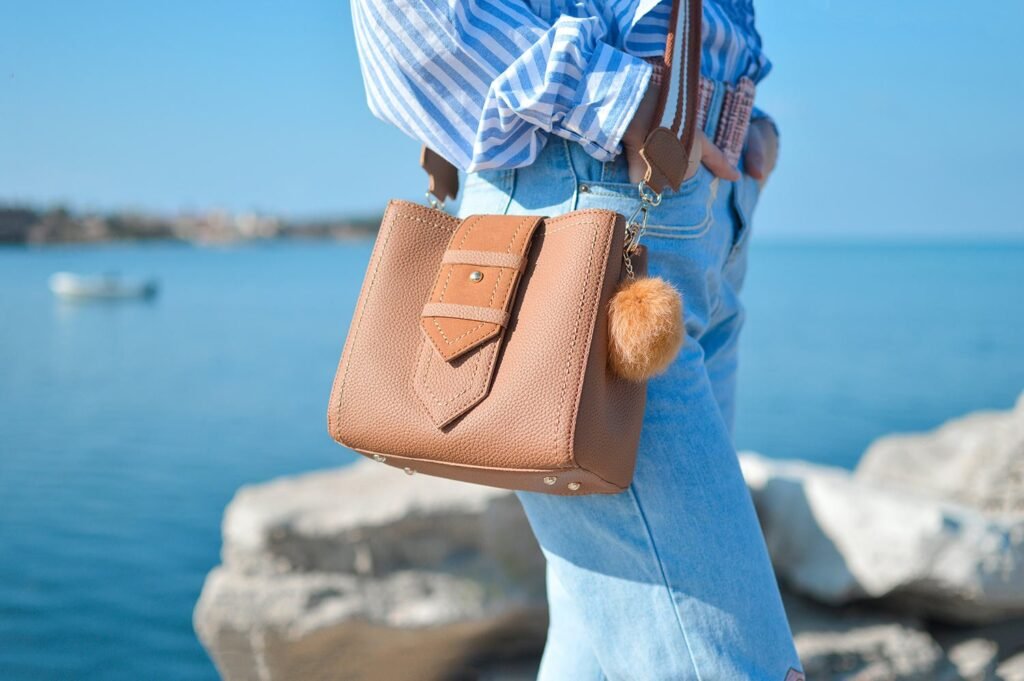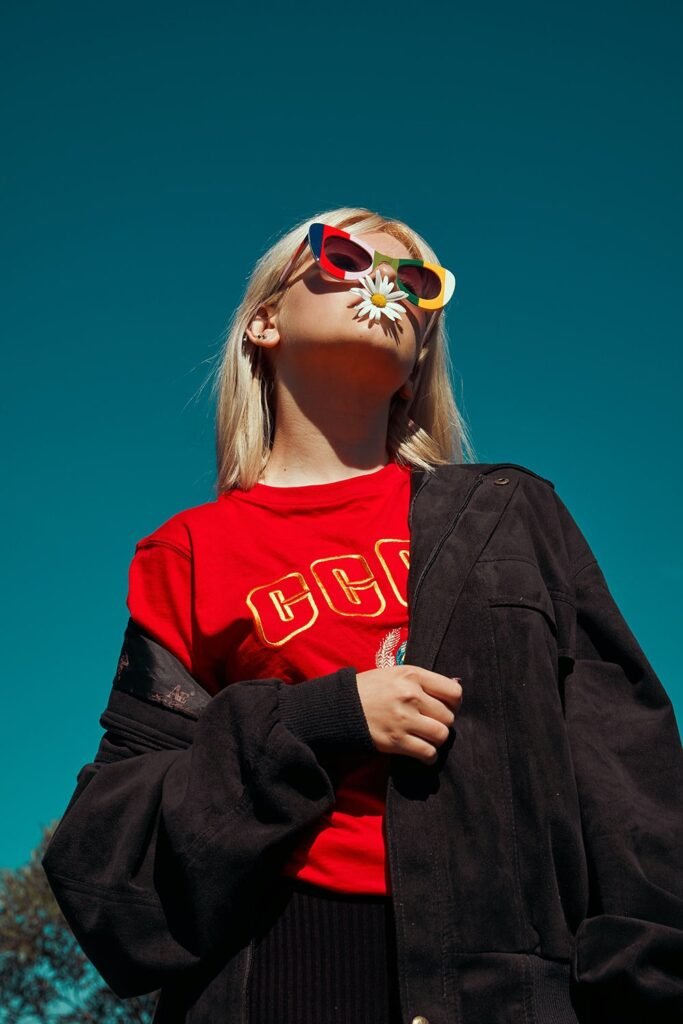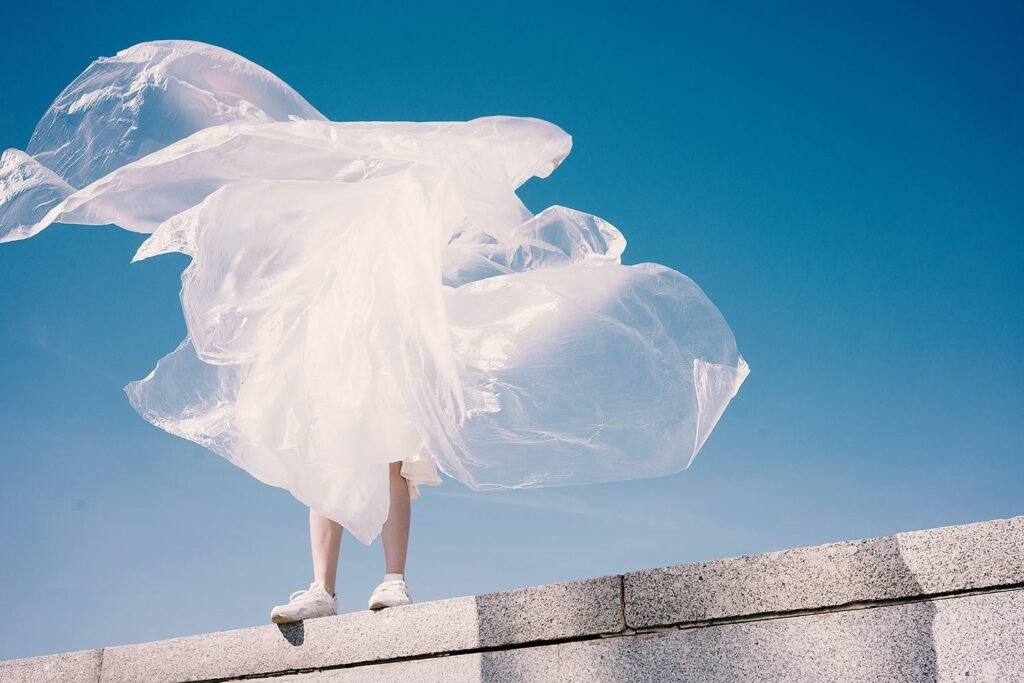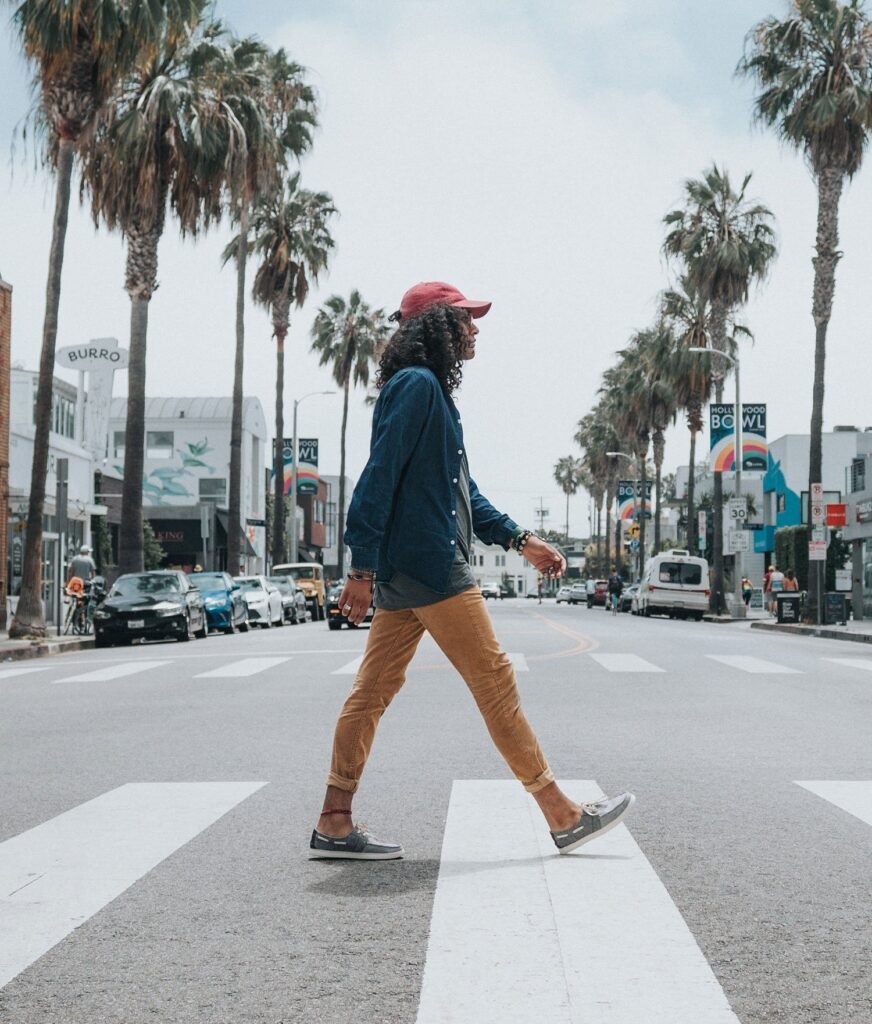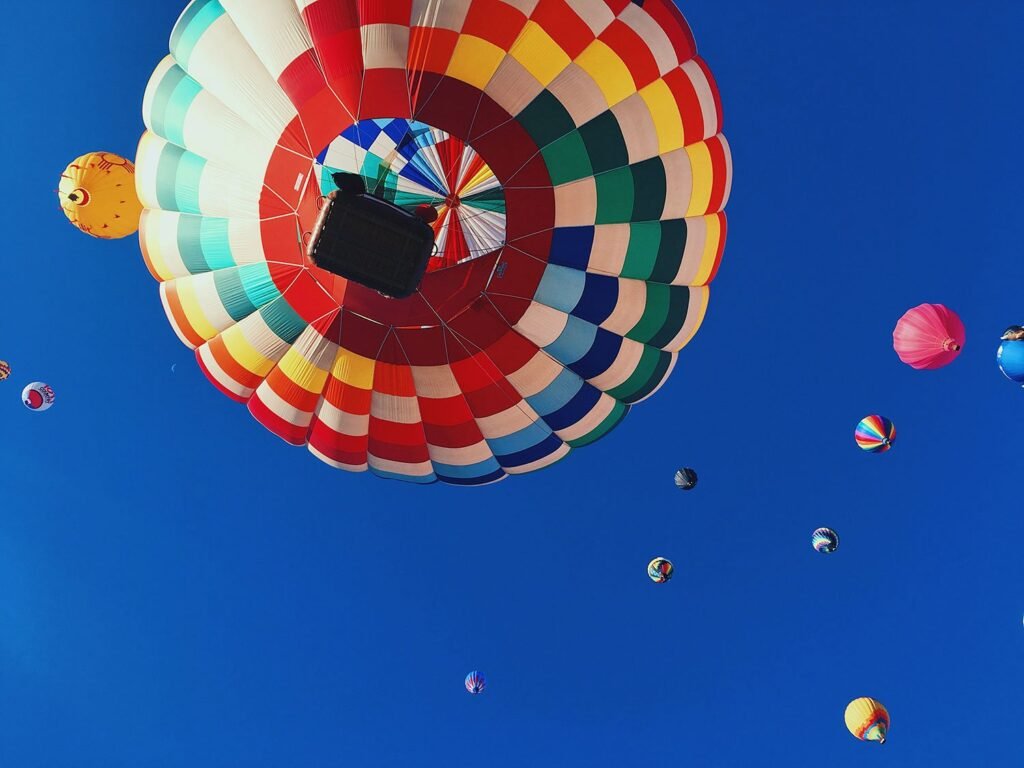The Renaissance – A Cultural Revolution in Art

The Renaissance, spanning the 14th to the 17th century, is one of the most celebrated periods in art history. Originating in Italy and spreading across Europe, the Renaissance marked a cultural rebirth characterized by a renewed interest in classical antiquity, humanism, and artistic innovation. This deep dive explores the movement’s defining features, its masterpieces, and the cultural influences that shaped its legacy.
The Birth of the Renaissance
The term “Renaissance” means “rebirth,” symbolizing the revival of Greco-Roman ideals after the Middle Ages. This period emerged in Florence, Italy, fueled by economic prosperity, political stability, and a flourishing intellectual environment.
Key Factors:
Humanism: A shift towards valuing human experience, individuality, and the natural world.
Patronage: Wealthy families like the Medici and institutions like the Catholic Church funded artistic projects.
Rediscovery of Classics: Ancient texts and artworks were studied and emulated, inspiring new artistic directions.
Characteristics of Renaissance Art
Renaissance art broke away from medieval conventions, embracing realism, perspective, and a deeper exploration of human emotion and anatomy.
Perspective and Depth: Artists like Filippo Brunelleschi introduced linear perspective, creating three-dimensional space on flat surfaces.
Realism and Anatomy: Artists studied human anatomy to depict the body accurately, as seen in Michelangelo’s sculptures.
Light and Shadow: Chiaroscuro (contrast of light and shadow) was used to enhance realism and drama.
Classical Themes: Mythological and historical subjects became popular alongside religious themes.
Masterpieces of the Renaissance
Leonardo da Vinci – Mona Lisa (1503-1506):
Renowned for its enigmatic expression and masterful use of sfumato (soft transitions between colors and tones).
Symbolizes the Renaissance focus on individuality and human emotion.
Michelangelo – Sistine Chapel Ceiling (1508-1512):
A monumental fresco depicting biblical stories, showcasing Michelangelo’s anatomical precision and narrative depth.
Raphael – The School of Athens (1509-1511):
Celebrates classical philosophy, featuring figures like Plato and Aristotle in a harmonious composition.
Sandro Botticelli – The Birth of Venus (1484-1486):
A mythological masterpiece emphasizing beauty and grace, inspired by classical ideals.
Cultural Influences
Philosophy and Science: Thinkers like Petrarch and Galileo influenced the intellectual atmosphere, encouraging observation and inquiry.
Architecture: Inspired by Roman and Greek architecture, structures like St. Peter’s Basilica exemplified symmetry and grandeur.
Literature: Writers like Dante, Chaucer, and Shakespeare reflected Renaissance humanism in their works.
Legacy of the Renaissance
The Renaissance left an indelible mark on art and culture:
Spread of Ideas: The printing press, invented by Johannes Gutenberg, facilitated the dissemination of Renaissance ideas across Europe.
Artistic Techniques: Innovations like perspective, realism, and chiaroscuro became foundational in Western art.
Cultural Relevance: The Renaissance’s emphasis on humanism and individualism continues to influence modern thought.
Conclusion
The Renaissance was more than just an art movement; it was a cultural revolution that transformed the way humanity viewed itself and the world. By reviving classical ideals and pushing the boundaries of creativity, the artists and thinkers of this era laid the groundwork for modern art and science. Exploring the Renaissance offers not only a glimpse into a pivotal period of history but also an enduring source of inspiration for artists and admirers alike.
Which Renaissance masterpiece or artist inspires you the most? Share your thoughts in the comments below!













